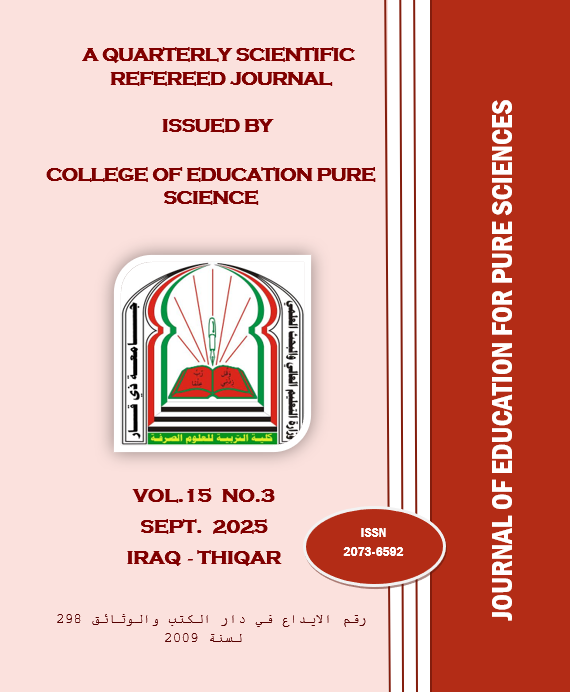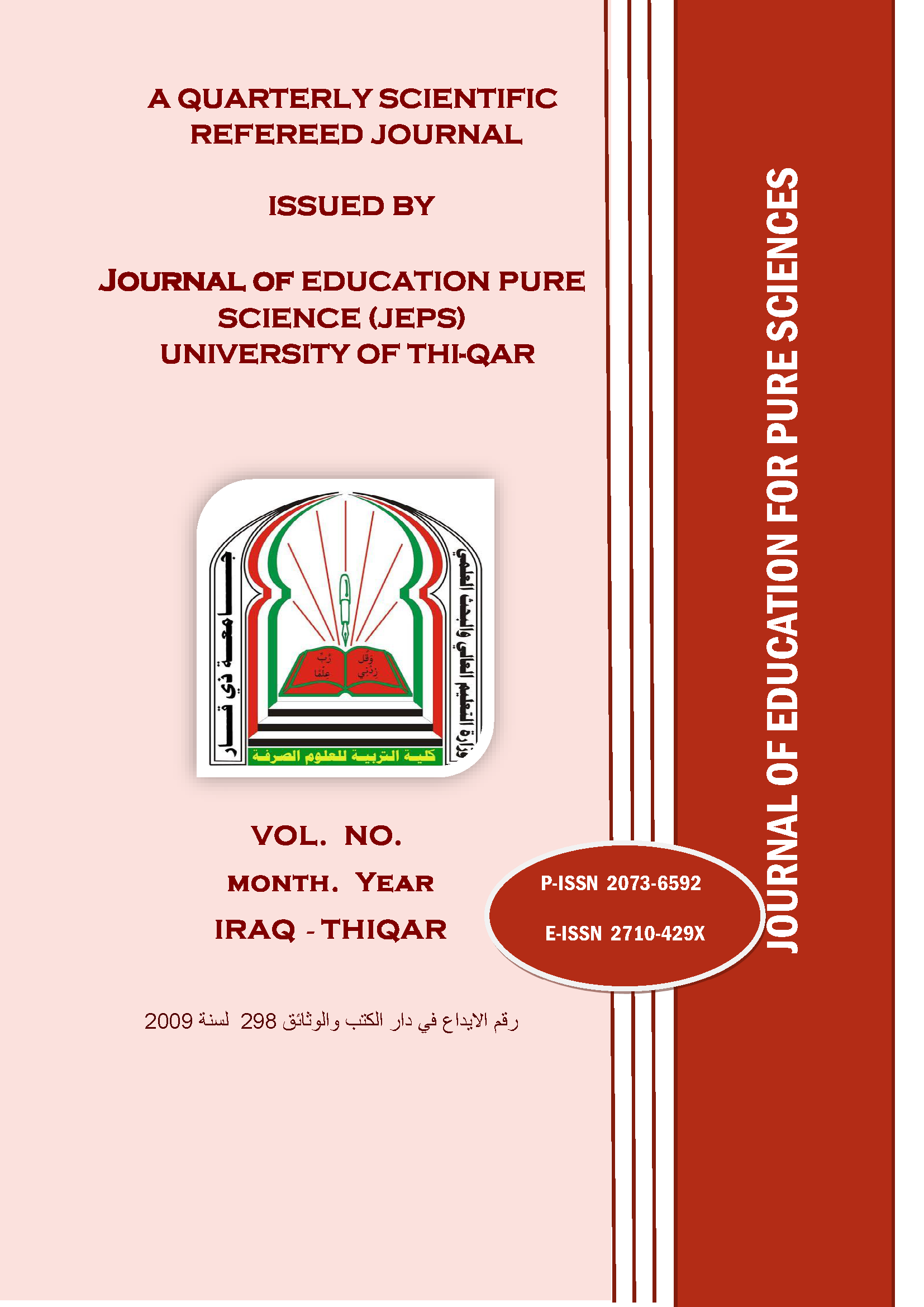NANOTECHNOLOGY IN CONDENSED MATTER PHYSICS – IMPLICATIONS FOR MATERIAL SCIENCE AND ENGINEERING
DOI:
https://doi.org/10.32792/jeps.v15i3.680Keywords:
Nanotechnology, Condensed Matter Physics, Material Science, Nanomaterials, Engineering Applications, Quantum EffectsAbstract
Objectives: This research investigate the use of nanotechnology in condensed matter physics and become a reality in material science and engineering. It is particularly trying to predict the tensile strength of nanomaterials using machine learning (ML) algorithms. Its aims are to develop predictive models, explore the role of features, and evaluate the accuracy of certain ML algorithms.
Methodology: The research seeks to investigate the use of nanotechnology in condensed matter physics and its translation to materials science and engineering. Of particular interest is the use of machine learning (ML) algorithms to predict the tensile strength of nanomaterials. The research goals are to construct predictive models, investigate feature importance, and determine the accuracy of various ML algorithms.
Key Findings: The research validated that ensemble models, viz., Random Forest and XGBoost, outperformed linear models in predicting tensile strength. Material properties of greatest significance were Brinell Hardness (Bhn) and Shear Modulus (G). The research validated that prediction using ML can be an excellent alternative to traditional experimental protocols and can be used for rapid and inexpensive measurement of material properties.
Implications: The results establish the potential of ML in materials science through reduction of dependency on labor-intensive and costly experimental testing. When integrated with AI-driven models, it can accelerate material innovation, and this will induce industries such as aerospace, biomedical engineering, and energy storage to maximize material selection and performance.
Specific Contribution: This research contributes to nanotechnology and computational materials science by introducing an ML-based predictive model to predict tensile strength. It fills the gap between experiment and computation by a comprehensive study of machine learning models for material property prediction.
Downloads
Published
Issue
Section
License
Copyright (c) 2025 Journal of Education for Pure Science

This work is licensed under a Creative Commons Attribution-NonCommercial-NoDerivatives 4.0 International License.
The Authors understand that, the copyright of the articles shall be assigned to Journal of education for Pure Science (JEPS), University of Thi-Qar as publisher of the journal.
Copyright encompasses exclusive rights to reproduce and deliver the article in all form and media, including reprints, photographs, microfilms and any other similar reproductions, as well as translations. The reproduction of any part of this journal, its storage in databases and its transmission by any form or media, such as electronic, electrostatic and mechanical copies, photocopies, recordings, magnetic media, etc. , will be allowed only with a written permission from Journal of education for Pure Science (JEPS), University of Thi-Qar.
Journal of education for Pure Science (JEPS), University of Thi-Qar, the Editors and the Advisory International Editorial Board make every effort to ensure that no wrong or misleading data, opinions or statements be published in the journal. In any way, the contents of the articles and advertisements published in the Journal of education for Pure Science (JEPS), University of Thi-Qar are sole and exclusive responsibility of their respective authors and advertisers.





